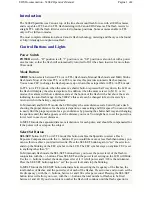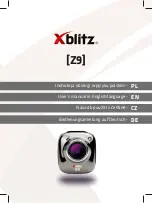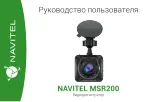
D I G I T A L T E C H N I C A L S U P P O R T
O L Y M P U S I M A G I N G A M E R I C A I N C .
( 8 8 8 ) 5 5 3 - 4 4 4 8
h t t p : / / s u p p o r t . o l y m p u s a m e r i c a . c o m
©2008 Olympus Imaging America Inc.
Page 4 of 26
Last updated on February 28, 2008
The E-3 allows the photographer the option to customize the four JPEG record
modes by mixing and matching their quality settings. The factors that define a
JPEG record mode are image size (determined by number of pixels) and
compression ratio.
The table below shows all of the combinations of image size and compression ratio
available in the E-3.
Customization of the quality settings is performed via the
option, which is
found in Custom Menu . The controls set image sizes as Large, Middle or Small.
The PIXEL COUNT menu item further customizes the Middle and Small image size
settings by offering a choice of several dimensions.
Actual selection of the record modes is accomplished from the Super Control Panel,
the Control Panel or the camera menu.
•
RAW+JPEG: Four record modes in the E-3 save both a RAW and a JPEG image
when a picture is taken. This can be advantageous when shots are intended for
use in multiple media or when the medium in which the images will ultimately be
published has not been determined.
The quality settings used to process the JPEGs in the RAW + JPEG record modes
are tied to the quality settings defined for the four JPEG record modes. The first
RAW + JPEG record mode uses the JPEG settings of the first registered JPEG
record mode; the second RAW + JPEG mode uses the JPEG settings of the second
registered JPEG mode; and so on. Changing the JPEG quality settings via the
and PIXEL COUNT menus affects both a JPEG record mode and its RAW
+ JPEG pair.
Why isn’t there a TIFF Record Mode like in my other Olympus cameras?
TIFF files are very large files that take longer to write to the memory card and fill up the
memory card more rapidly than RAW or JPEG files. A TIFF file in the E-3 would be about
30 MB. It is more efficient to shoot in RAW and save the RAW conversion as a TIFF file
using the OLYMPUS Master
®
or OLYMPUS Studio
®
applications.





































